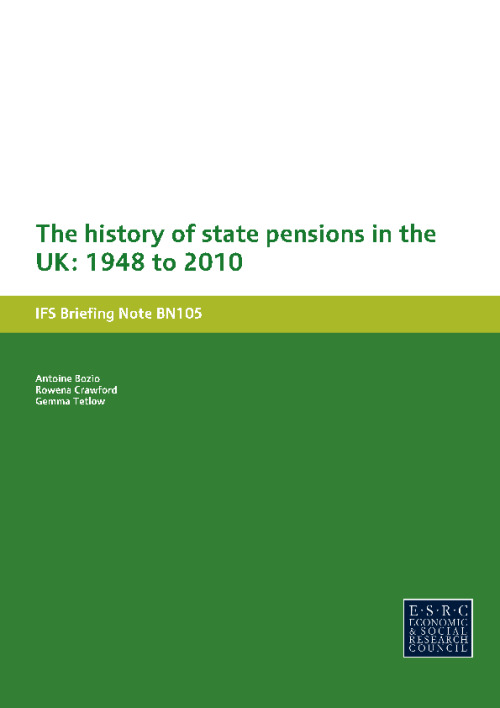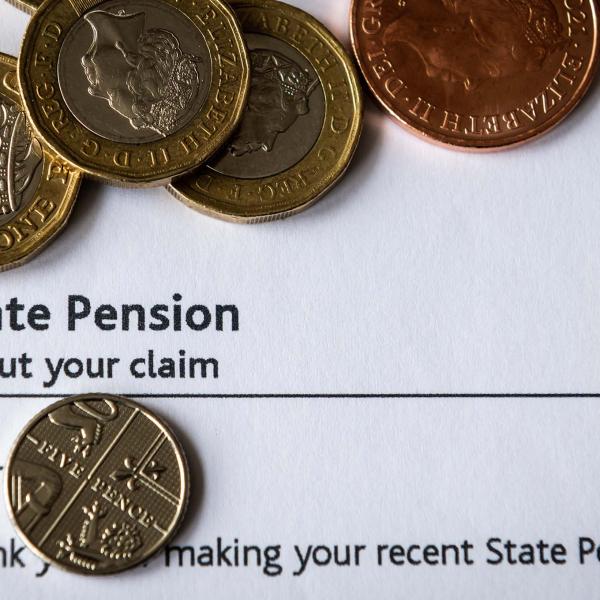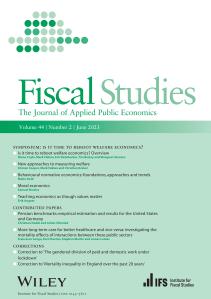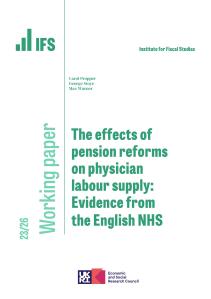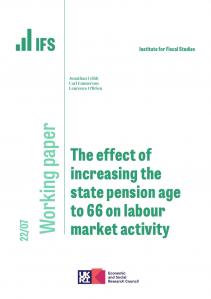<p><p><p>This Briefing Note describes state pension provision in the United Kingdom from the inception of the basic state pension in 1948, following the Beveridge Report, to Pensions Act 2007 and the plans of the Conservative/Liberal Democrat coalition government. The main objective is to provide a comprehensive description of the rules that currently determine pension benefits as well as those that have been in place in the past. However, we also provide a brief historical overview of the dilemmas facing policymakers when contemplating pension reforms and a summary of the most recent reforms. The history of the UK pension system is the story of a mainly non-contributory system, periodically tempted by the higher replacement rate of social insurance schemes, but always frightened once the costs become apparent. Recent reforms have tilted the system further in the direction of a universal flat-rate benefit, abandoning any social insurance design. This confirms that the main objective of the UK state pension system is to reduce poverty at old age. These flat-rate pensions will also reduce the reliance of the system on means-tested benefits, somewhat reinforcing the Beveridgean design of the system. Given these clarifications, it is unfortunate that the latest reforms have still sought to maintain much of the complex structure of the pre-existing system instead of reforming and rationalising it. However, once issues of transition have been dealt with, there may yet be scope for simplifying the presentation of the rules. </p><p>Historic rates for various parameters of the UK state pension system, discussed in this briefing note, <a href="/bns/bn105figs.xls">can be found here</a>.</p></p>
